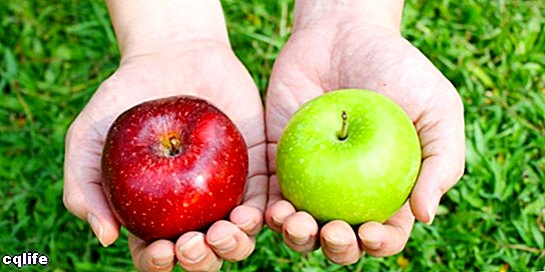We explain what a comparison is and the types that exist. Also, what are figures of speech and some examples of this action.

What is a comparison?
Comparison is understood as the action of comparing two or more things to find their possible similarities, differences or relationships of some kind, either by appealing to their physical or symbolic or imaginary appearance. In this way, one can compare two individuals and highlight their physical similarities or, on the contrary, their differences in personality, for example.
Comparison is, moreover, a subjective process, which says a lot about whoever compares, since it reveals the aspects that catch their attention, or the particular way in which they link things. This use is very common in literary language, in which similes or metaphors, that is, poetic forms of comparison, to impress upon the language a greater expressive force or to achieve a greater beauty in its contents.
Broadly speaking, it could be said that the comparisons can be of three types, taking into account the relationship that they establish between the two compared objects:
- Of equality. It seeks to print the properties associated with the other to one of the referents, that is, to establish a relationship of similarity or proportionality, between them. For example, when comparing to planet Earth With a baseball, we could refer to shared sphericity.
- Of inferiority. One of the compared terms turns out to be less than the other in some sense and the comparison seeks to reinforce that idea. It is typical of comparisons that use the formula "less than ..." or "less than ...".
- Of superiority. On the contrary, here one of the terms is compared with the other to emphasize its superiority or greatness. He often uses the formula "greater than ..." or "more than ...", for example.
The comparison is especially enriching when it attributes characteristics of an object to another that could never have them, or that could only do so in the imagination.
Literary figures
Literary figures are unusual expressive forms in everyday language, which print syntactic, phonetics or semantically a power to the message of the text or a beauty derived from its musicality, play or wit.
Some can be extremely complex, such as those referring to the metric or the displacement of phonemes within a prayer or a verse. Others, on the other hand, aim as the comparison to establish logical senses of meaning, which allow the writer to say things in a particular, different way.
Comparison examples
Some examples of comparison can be the following:
- "He had iron ideals" (comparison between ideals and iron).
- "The jets of your face, my love" (comparison between black eyes and jet).
- "The sea, enraged as a wild animal… ”(Comparison between the sea and a beast).
- "We fly like birds on the dance floor" (comparison between the fluid dance and the flight of birds).
- "A house smaller than a matchbox" (comparison between the house and the matchbox).
- "A pride greater than the Sun”(Comparison between pride and the size of the Sun).
- "Faster than a blink" (comparison between the speed of something and that of the blink).
- "More unhappy than with a visiting mother-in-law" (comparison between someone's unhappiness and an occasion that is popularly considered negative).
- "It is less refined than a vulture about to eat" (comparison between someone's manners and the behavior of a vulture when eating).
- "Eat more than a new file" (comparison between someone's appetite and the abrasiveness of a new file).
- "That joke is as funny as a kick in the back" (comparison between the humor of the joke and a painful situation).
